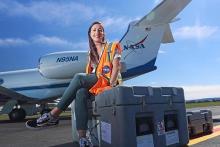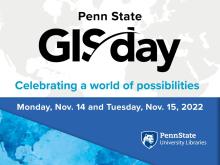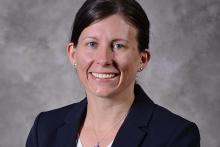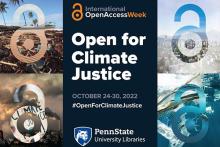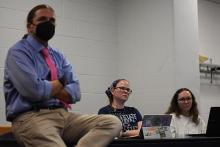Linette Boisvert, sea ice scientist in NASA’s Goddard Space Flight Center Cryospheric Sciences Branch,
Administrator
Kaitlyn Spangler, a postdoctoral fellow in the Department of Geography at Penn State, will discuss issues with the dive
Penn State University Libraries will observe GIS Day — an annual event celebrating the technology of geo
Jenn Baka, associate professor of geography at Penn State, received a National Science Foundation Faculty Early Career
Penn State University Libraries will participate in the 14th annual global observation of Open Access Week, O
Kaitlyn Spangler, a postdoctoral fellow in the Department of Geography at Penn State, will deliver the talk "Towards so
American elections are rooted in location, but politicians and political scientists largely determine the shape of legi
Pennsylvania has one of the highest rates of opioid overdose in the nation, and, according to Penn State researchers, o
Two Penn State researchers provided key leadership in the creation of a report to the National Science Foundation (NSF)
The accelerated proliferation of geographic information systems (GIS), especially in the last decade, has greatly expanded the connotation of GIS technology from primarily a diverse suite of digital objects, representations, and devices that create or make use of geographical information to a mediated means with which we humans experience, explore, or make sense of the world. The research perspective of humanistic GIS is proposed to better encompass the expanded category of GIS technology as well as the opportunities and challenges that go with it.


